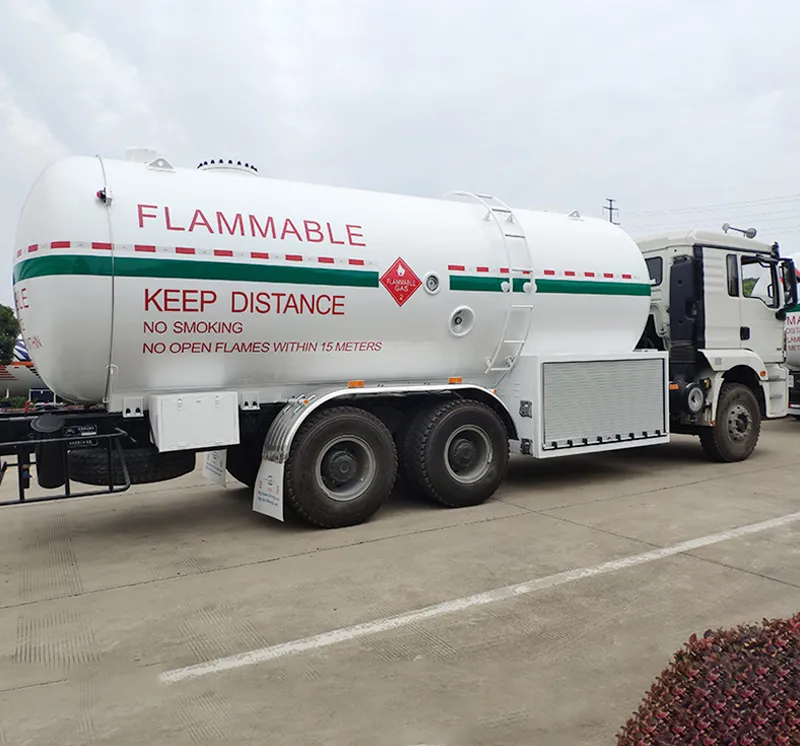Logistics is a very progressive industry that links consumers and producers through a supply chain network that employs various modes of transportation, most notably trucks. A semi-truck without an attached trailer at a given time is known as a "Bobtail truck" or said to be "Bobtailing.” It’s difficult to imagine trucking without Bobtailing.
A Bobtail truck does not contain any freight, so it cannot generate revenue for its owner. This is one of the reasons that "Bobtailing" is often confused with "deadheading.” Both terms refer to cargo-free trucks at a specific time, but a small difference exists. Bobtailing is driving a freight carrying truck without an attached trailer, whereas in "deadheading,” trucks have an attached but empty trailer.
In this article, we will discuss everything you need to know about Bobtailing. What are the different types of Bobtailing? What does the term mean? And why do truck drivers dislike Bobtailing?

Where Does The Term “Bobtail Truck” Originate?
There are two popular assumptions regarding the origins of the term “Bobtail” as it pertains to trucks.
(1)In the 19th century, composer James Pierpont wrote a classic holiday song, "Jingle Bells.” In the song, he uses a line that reads "Bells on Bobtails ring,” which some correlate to the origin of Bobtailing. Pierpont refers to a "Bobtail" as the horsetail cut down to avoid entangling the tail in the horse-drawn sleigh.
(2)The term is also said to originate from the breed of cats that have short tails. A semi-truck without a trailer looks somewhat similar to these short-tailed cats.
Types of Bobtail Trucks
There are three common types of Bobtail trucks.
1.Semi-Truck or Running Bobtail Truck:
As the term may imply, a “running Bobtail” truck is a smaller semi-truck without a trailer. A semi-truck consists of two main components; a tractor unit and a trailer. A fifth-wheel type hitch attaches the trailer with the tractor unit.
- Small Bobtail Truck:
Usually small to medium-sized trucks, these vehicles have all their axles connected to the same chassis. When traveling without an attached trailer, they are termed "small Bobtail trucks.” These trucks' applications are often restricted to lighter or medium-weighted loads, for example - dump carrying, egg transportation, bakery product transportation, etc.
- Straight Propane Truck:
Small trucks are readily convertible to propane trucks by fitting a specially-designed tank on the rear bed truck. These rounded shape tanks can maintain adequate pressure and temperature during the ride and have a storage capacity of about 5000 gallons. These types of trucks are significant contributors to supplying propane or gasoline to fuel stations and auto dealers.
Why Does Bobtailing Occur?
Bobtailing typically occurs for one of two reasons:
A driver moves a truck from its terminal to the industry's dispatch site to pick up a loaded trailer.
A truck driver travels back to the terminal after unloading the cargo-carrying trailer.
Why are Bobtail Trucks Dangerous While Moving?
Common perception would lead many to believe that overloaded trucks possess an increased risk. While this is true, a Bobtail truck can pose even further risk because of numerous reasons.
(1)The front wheels are the steering wheels and are usually less load-bearing, thus providing adequate control over the vehicle. But a Bobtail configuration reverses the role, and the front wheels bear the brunt of the load, making it more difficult for the driver to control the vehicle.
(2)The truck's braking system is on the rear wheels, as the truck's design is based majorly on the loaded conditions. A Bobtail configuration reduces the braking power due to the limited weight on the rear wheels. When the driver presses the brake hard, the rear wheels seize, and the truck will try to pivot around the front wheels.
(3)As frictional force is a truck's primary mover, less weight on the rear wheel produces less friction. The absence of adequate frictional force can cause skidding and potentially make the vehicle overturn when taking sharp turns or tight curves.
(4)A Bobtail truck can pick more speed than a loaded truck, which may increase the risk of an accident.
(5)The compressibility of the spring suspension does not work correctly due to a lack of freight.
The truck braking distance increases dramatically during Bobtailing, so a significant space between the truck and other vehicles is imperative at all times while Bobtailing.
(6)Bobtailing is extremely hazardous on snowy or wet roads because the frictional force between the tires and the road decreases significantly.
Why Truckers Dislike Bobtailing
The truckers are not interested in Bobtailing due to the following reasons.
(1)Bobtailing is a practice that generates no revenue for truckers. Additionally, they have to pay for fuel, which is a burden on the pocketbook.
(2)Bobtailing is dangerous because the truck's stability and braking are not operating at their highest level.
(3)Without a trailer, semi-trucks and other Bobtailers create a bumpy ride, which can be both challenging and exhausting. More attentive driving practices are also necessary during Bobtailing.
(4)It’s very challenging to Bobtail in wet weather conditions like rain or snow.
Summary
In the fast-paced world of trucking, it’s all but impossible to avoid Bobtailing completely. A truck without a trailer is a part of almost every single movement of goods between producers and consumers nationwide. Truck drivers are usually on their way to pick up a loaded trailer or traveling after unloading it, so sooner or later, almost every truck driver will have to Bobtail for some duration of time.

Comments